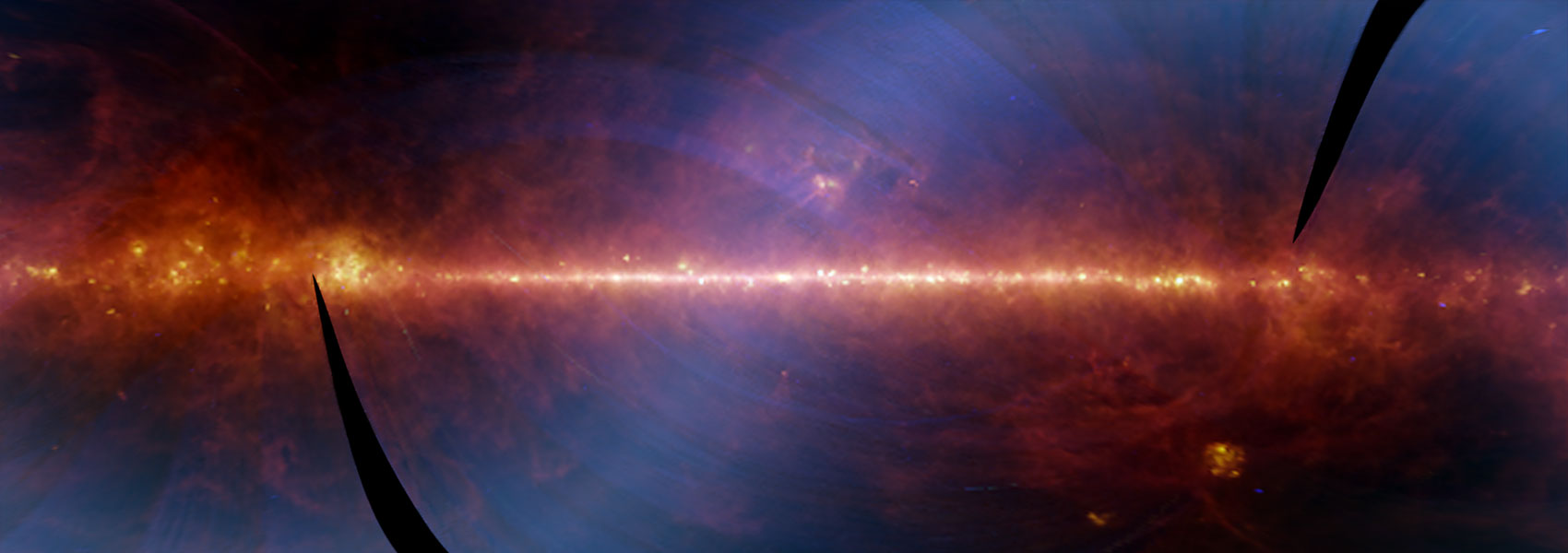August
2024
•
2024ApJ...971..175J
Authors
•
Jung, Intae
•
Ferguson, Henry C.
•
Hayes, Matthew J.
•
Henry, Alaina
•
Jaskot, Anne E.
•
Schaerer, Daniel
•
Sharon, Keren
•
Amorín, Ricardo O.
•
Atek, Hakim
•
Bayliss, Matthew B.
•
Dahle, Håkon
•
Finkelstein, Steven L.
•
Grazian, Andrea
•
Guaita, Lucia
•
Östlin, Göran
•
Pentericci, Laura
•
Ravindranath, Swara
•
Scarlata, Claudia
•
Teplitz, Harry I.
•
Verhamme, Anne
Abstract
•
Low-mass galaxies can significantly contribute to reionization due to their potentially high Lyman continuum (LyC) escape fraction and relatively high space density. We present a constraint on the LyC escape fraction from low-mass galaxies at z = 1.3–3.0. We obtained rest-frame UV continuum imaging with the ACS/SBC and the WFC3/UVIS from the Hubble Space Telescope for eight strongly lensed galaxies that were identified in the Sloan Giant Arc Survey and the Cluster Lensing and Supernova survey with Hubble. The targeted galaxies were selected to be spectroscopically confirmed, highly magnified, and blue in their UV spectral shapes (β < ‑1.7). Our targets include intrinsically low-luminosity galaxies down to a magnification-corrected absolute UV magnitude M UV ∼ ‑14. We perform custom-defined aperture photometry to place the most reliable upper limits of LyC escape from our sample. From our observations, we report no significant (>2σ) detections of LyC fluxes, placing 1σ upper limits on the absolute LyC escape fractions of 3%–15%. Our observations do not support the expected increased escape fractions of LyC photons from intrinsically UV faint sources. Considering the highly anisotropic geometry of LyC escape, increasing the sample size of faint galaxies in future LyC observations is crucial.
Links




